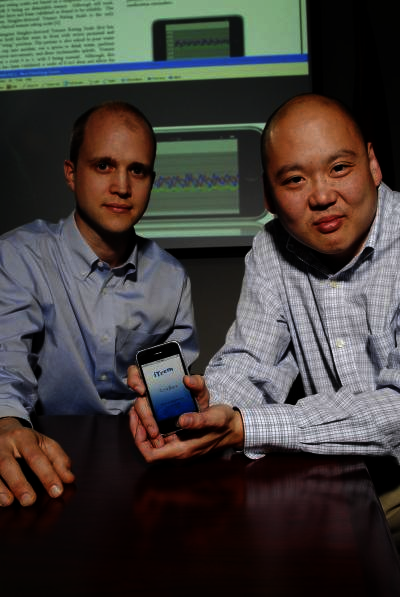Parkinson’s disease is a degenerative disorder of the nervous system that is estimated to have touched more than 6,3 million people worldwide. Unfortunately, until now causes of Parkinson’s remain unknown and that is why numerous research teams from all over the world are continuously trying to find new treatment methods and innovative ways to gather more data and better understand the disease.
A crowd-sourced solution
The Parkinson’s Voice Initiative is a crowd-sourcing, low-cost project that aims to use voice analysis to diagnose Parkinson’s. The principle is quite simple: each participant has to make a 3-minute call to a standard rate number and follow the instructions. By gathering a big amount of data, the system hopes to be able to recognize which persons are suffering from the disease and to monitor their symptoms.
An iPhone app that monitors Parkinson’s
A group of researchers at the Georgia Tech Research Institute has developed an iPhone application that enables users to collect data on hand tremors and therefore monitor their disease. This application, iTrem, uses the built-in accelerometer of the iPhone to track tremors and then sends the recorded data to medical personnel for further analysis. In the future, the team hopes to add more functions to the app and make it capable to detect other movement disorders such as dyskinesia.

A wrist device that targets Parkinson’s
Researchers of the Melbourne’s Florey Neuroscience Institute have developed a wrist bracelet that is programmed to continuously collect data on the wearer’s symptoms and movements. Doctors can then analyze the data and watch how the disease is evolving and how symptoms change from day to day.
Quantifying Parkinson’s with a Wii
A different approach in tracking symptoms is using the Wii or the Kinect. Platforms like these two can be very useful to researchers as they measure movements and can also stimulate physical exercise. If you are interested in this type of experiments, you can check out this very comprehensive PowerPoint presentation.
All these innovations illustrate how the fight against a disease such as Parkinson’s involves many scientific disciplines, not only medicine and biology but also statistics, electronics and computer science. Do you believe that scientific progress will change the life of Parkinson’s patients in the near future?
Quantifying Parkinson’s disease
July 10, 2012


